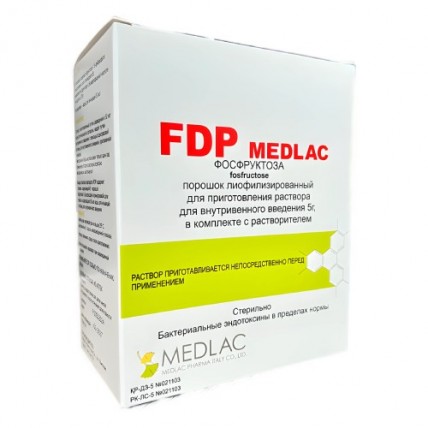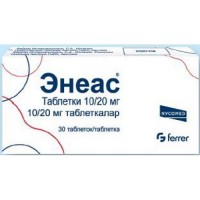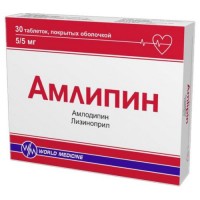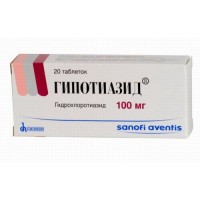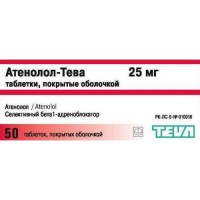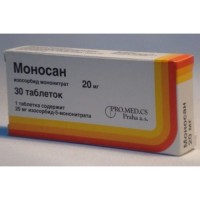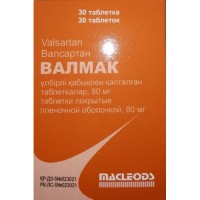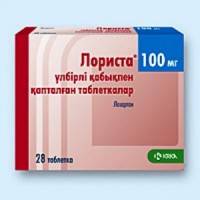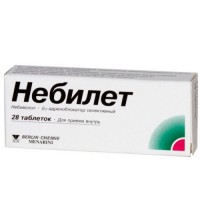FDP Medlac (Fosfructose) Powder 5 g
- $47.00
What is FDP Medlac (Fosfructose) Powder?
FDP Medlac (Fosfructose) Powder is a medication used to treat hypophosphatemia—a condition characterized by abnormally low levels of phosphate in the blood.
It contains fructose-1,6-diphosphate, which is crucial for energy production and helps maintain normal cellular function, particularly in muscle and cardiovascular tissues.
Fructose-1,6-diphosphate plays an important role in the metabolic processes that generate ATP (adenosine triphosphate), the primary energy currency of cells.
By supplementing phosphate levels, FDP Medlac helps restore energy balance, ensuring cells, especially in the cardiovascular system, function properly.
This is particularly useful in patients with phosphate deficiency, where low phosphate can lead to muscle weakness, respiratory failure, or impaired cardiac function.
The medication comes in a lyophilized powder form, which must be reconstituted with a solvent before intravenous use.
This allows for rapid delivery directly into the bloodstream, making it ideal for urgent intervention when phosphate replenishment is critical.
What Comes with FDP Medlac (Fosfructose) Powder?
FDP Medlac (Fosfructose) Powder is supplied in a package that includes:
- One vial containing 5 grams of lyophilized powder of fructose-1,6-diphosphate trihydrate.
- One vial with 50 ml of solvent (water for injection), used for preparing the intravenous solution.
- A sterile intravenous administration set to facilitate the injection.
- Instruction for medical use.
All components are packaged in a sterile polyethylene bag, ensuring they are ready for safe medical preparation and use.
How Do You Use FDP Medlac?
FDP Medlac is administered intravenously, meaning it is injected directly into a vein.
The provided powder is mixed with the included solvent to make a 10% solution.
This solution should be clear and colorless to light yellow.
It must be used immediately after preparation to avoid contamination and ensure effectiveness.
What Conditions Does FDP Medlac Treat?
FDP Medlac is used primarily for the treatment of:
- Hypophosphatemia: This condition is characterized by low levels of phosphate in the blood, which can interfere with energy production and various cellular functions. By correcting these levels, FDP Medlac helps improve the overall health and functioning of the body's cells, especially those in the cardiovascular system.
What Should You Know Before Using FDP Medlac?
Before starting treatment with FDP Medlac, it is important to be aware of several contraindications:
- Allergy: Do not use this product if you have a known hypersensitivity to fructose or any other components.
- Kidney Function: Avoid using this product if you have kidney disease or impaired phosphate excretion.
- Fructose Intolerance: People with hereditary fructose intolerance should not take this medication.
- Children and Pregnancy: This medication is not recommended for children under 18 years or during pregnancy and breastfeeding, as there is no data on its safety in these groups.
Storage Instructions for FDP Medlac
To maintain the efficacy of FDP Medlac:
- Store at temperatures not exceeding 25°C (77°F).
- Ensure the product is kept in a dry place away from children.
- Do not use the product if the packaging is damaged or after the expiration date has passed.
What is the Recommended Dosage?
The appropriate dosage of FDP Medlac depends on the severity of the phosphate deficiency:
- Acute cases: Generally, a daily dose of 70-160 mg per kilogram of body weight is recommended. This usually requires two vials per day, with the dosage potentially split into two separate administrations.
- The solution should be administered intravenously at a rate not exceeding 10 ml per minute to avoid complications.
How to Prepare FDP Medlac?
To prepare FDP Medlac for use:
- Mix the powder with the provided solvent to create a 10% solution.
- Ensure the solution is clear and free of any particles.
- Use immediately after preparation to maintain sterility.
- Any remaining solution must not be reused.
Possible Side Effects of FDP Medlac
While side effects are rare, they can occur and should be monitored:
- Electrolyte Imbalances: Hyperphosphatemia may occur if doses are not properly balanced.
- Allergic Reactions: Symptoms can vary in severity, from mild skin rashes to potentially severe anaphylactic shock.
- Injection Site Issues: These may include pain, skin irritation, inflammation of the vein (phlebitis), or even infection if administered improperly.
- Cardiovascular Symptoms: Some people may experience increased heart rate, flushing, tingling, or numbness, particularly if the injection is given too quickly.
Can FDP Medlac Interact with Other Medications?
Currently, no significant interactions between FDP Medlac and other medications have been reported.
However, it is critical not to mix FDP Medlac with solutions that are incompatible with its pH level (which should be between 3.5 and 5.8), or with alkaline calcium solutions.
What to Do in Case of Overdose?
Though overdose cases are not common, possible symptoms might include:
- Severe drop in blood pressure
- Kidney failure
- Decreased blood calcium levels
If an overdose occurs, treatment generally involves symptomatic care, with hemodialysis as an option in more severe cases.
When Should You Seek Medical Advice?
Consult a healthcare professional if:
- You are unsure of the correct dosage or how to administer the medication.
- You experience severe side effects, particularly allergic reactions or symptoms of electrolyte imbalance.
- You have existing health conditions that might affect the suitability of this treatment.
Is Fructose-1,6-Diphosphate Involved in ATP Production?
Fructose-1,6-diphosphate does not directly produce ATP, but it plays a vital role in the metabolic process that results in ATP production.
It is an intermediate in glycolysis, the pathway where glucose is broken down to generate ATP, which is the main energy source for cells.
During glycolysis, fructose-1,6-diphosphate is formed by the action of an enzyme called phosphofructokinase on fructose-6-phosphate.
This compound then splits into two three-carbon molecules, which are further processed to produce ATP.
These steps help convert the energy stored in glucose into a usable form, ultimately leading to ATP production.
Fructose-1,6-diphosphate is crucial because it marks a commitment step in the breakdown of glucose.
By ensuring that the glucose molecule is channeled into the pathway leading to ATP, it helps support energy production, especially in energy-demanding cells like muscles and the heart.
Thus, while fructose-1,6-diphosphate itself does not generate ATP directly, it is an essential part of the series of reactions that ultimately results in ATP, powering vital cellular processes.
Shelf Life of FDP Medlac
FDP Medlac has a shelf life of three years when stored correctly.
Once mixed into a solution, it should be used right away and never stored for future use.
Using the product beyond its expiration date is unsafe and should be strictly avoided.
What is the difference between FDP Medlac and ESAFOSFINA®?
FDP Medlac and ESAFOSFINA® both contain fructose 1,6-diphosphate (FDP), which supports energy metabolism.
FDP Medlac is produced by Medlac Pharma Italy Co., Ltd. (Vietnam) and comes in a set with vials of powder and separate solvent for reconstitution, while ESAFOSFINA®, produced by Biomedica Foscama S.p.a. (Italy), is supplied in ready-to-use ampoules of 5 g/50 ml solution for injection.
Additionally, FDP Medlac is generally more affordable compared to ESAFOSFINA®.
